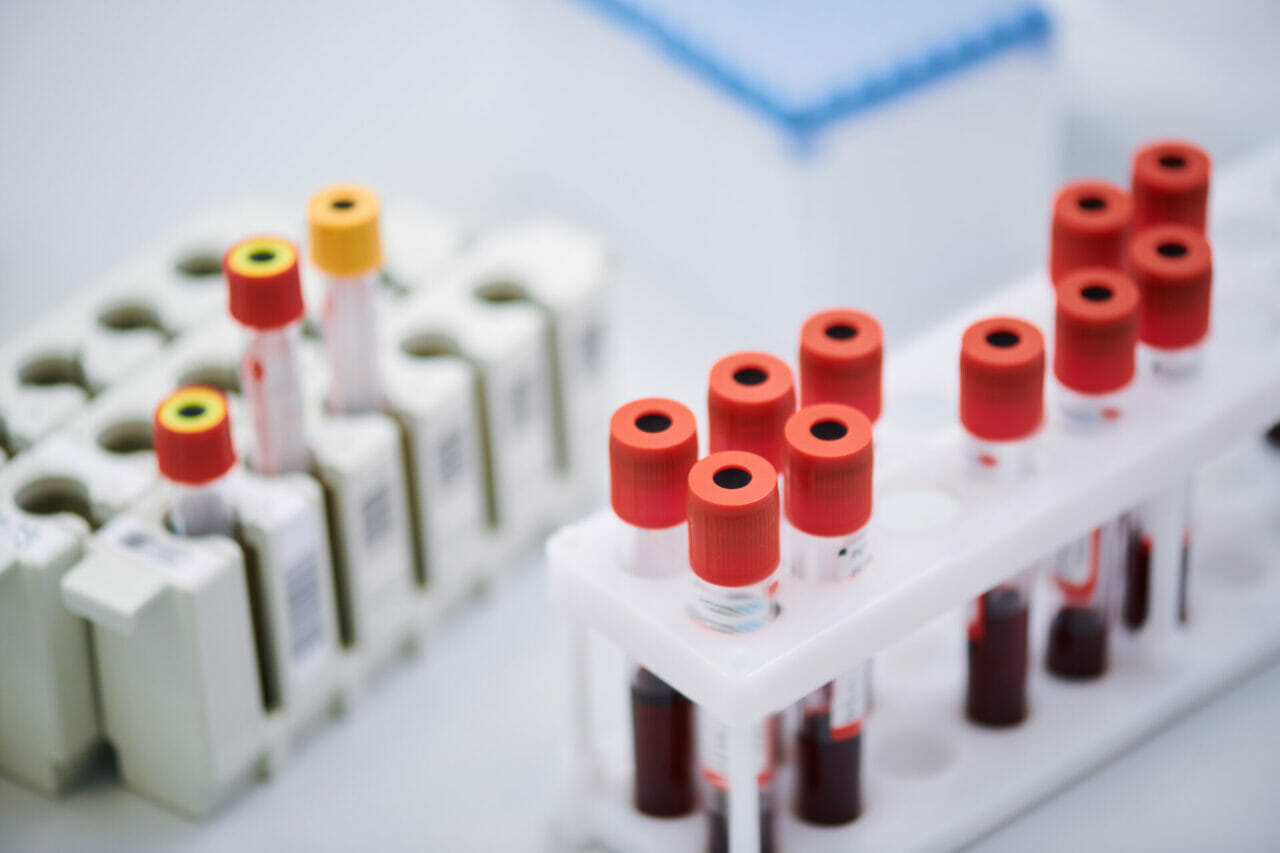The objective of the clinical laboratory is to obtain information on the state of health of a person. This information can be used to establish a diagnosis, evaluate the evolution and/or prognosis of a disease, assess the efficacy of a treatment, screen a population.
To do so, from biological samples, assays are performed in which a series of different magnitudes are measured: biochemical, hematological, immunological, microbiological, parasitological, toxicological, etc.
What should you bear in mind?
So that the final result of a laboratory test is correct, it is not enough that the analytical determination is carried out perfectly, according to procedures properly validated and under the supervision of experienced professionals. The quality of the test depends on the chain compliance of a good practice that begins from the moment of the formulation of the request and the preparation of the patient for the extraction or obtaining of the sample and ends when the result reaches the professional who has requested proof.
Thus, an analytical test is not a mere “blood test”, but a complex process in which different professionals participate: those who fill out the request form, those who prepare the patient, obtain the sample, transport it to the laboratory They receive it, process it, validate the results and make them reach their recipient in a timely manner. All these professionals, those who participate in the preanalytical, analytical and post-analytical phase are jointly responsible for the process and the result.
Tubes and containers
Tube without additives: Used to obtain serum (tests of Biochemistry, serology, iron metabolism); they do not carry anticoagulant although they do contain (not necessarily) activators, which facilitate the retraction of the clot, and separating gel, which facilitates the separation of serum and clot after centrifugation. With it, the serum is obtained, after allowing the fresh blood to rest for at least 10 minutes at room temperature so that the clot forms and centrifuges. There are several sizes: small 5 ml, large 10 ml and microtubes 0.8 ml.
EDTA tube: Contains EDTA K3 (tripotassium salt of ethylenediaminetetraacetic acid) as anticoagulant. It is the tube used for hemacytometry (blood count), blood bank and other tests. It is used to obtain anticoagulated whole blood. There are several sizes: small 3 ml, large 10 ml and 1 ml microtubes.
Lithium Heparin Tube: Contains Lithium Heparin as an anticoagulant. It is used for biochemical determinations and some special techniques. It is used to obtain anticoagulated whole blood.
What should be the order of extraction of the tubes?
The order of the tubes is important to avoid contamination of the samples by unwanted anticoagulants. It should be done as follows
1st.- Serum analysis tube: without anticoagulant.
2nd Coagulation tube: citrate anticoagulant.
3º.- Rest of tubes with anticoagulants: EDTA, Lithium Heparin, blood gas syringes, sedimentation rate tube.
The citrate tube, intended for coagulation tests, should always be removed before those of other anticoagulants, so that it is not contaminated with EDTA or lithium heparin, which can interfere with the coagulation study. If it is the only tube to be extracted or it has to be the first one, a discard tube should be previously filled with about 5 ml of blood, to eliminate a possible contamination of the sample with tissue thromboplastin from the puncture site.
At Kalstein we offer you an excellent range of laboratory blood tubes. Therefore we invite you to take a look HERE


